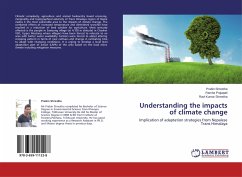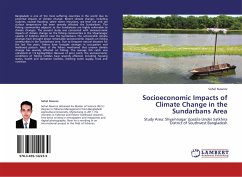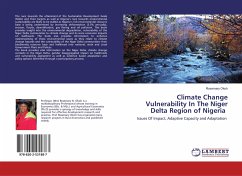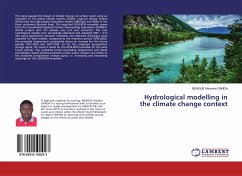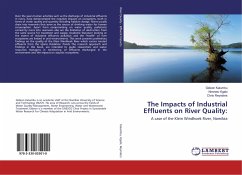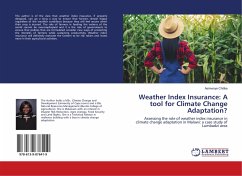Climatic complexity, agriculture and animal husbandry based economy, marginality and topographical adversity of Trans Himalaya region of Nepal makes it the most vulnerable area to the impacts of climate change. The combined effects of increased temperature and diminished snowfall have resulted in a reduction of land suitable for agriculture. Most seriously affected is the people in Samzong village (at 4,100 m altitude) in Chosher VDC, Upper Mustang where villagers have been forced to relocate to an area with better water availability. Farmers were forced to adopt altering cropping pattern in terms of new cultivars and change in cultivating time to adapt with changing conditions. It is urging to develop a local level adaptation plan of action (LAPA) of the area based on the local micro climate including mitigation measures.

